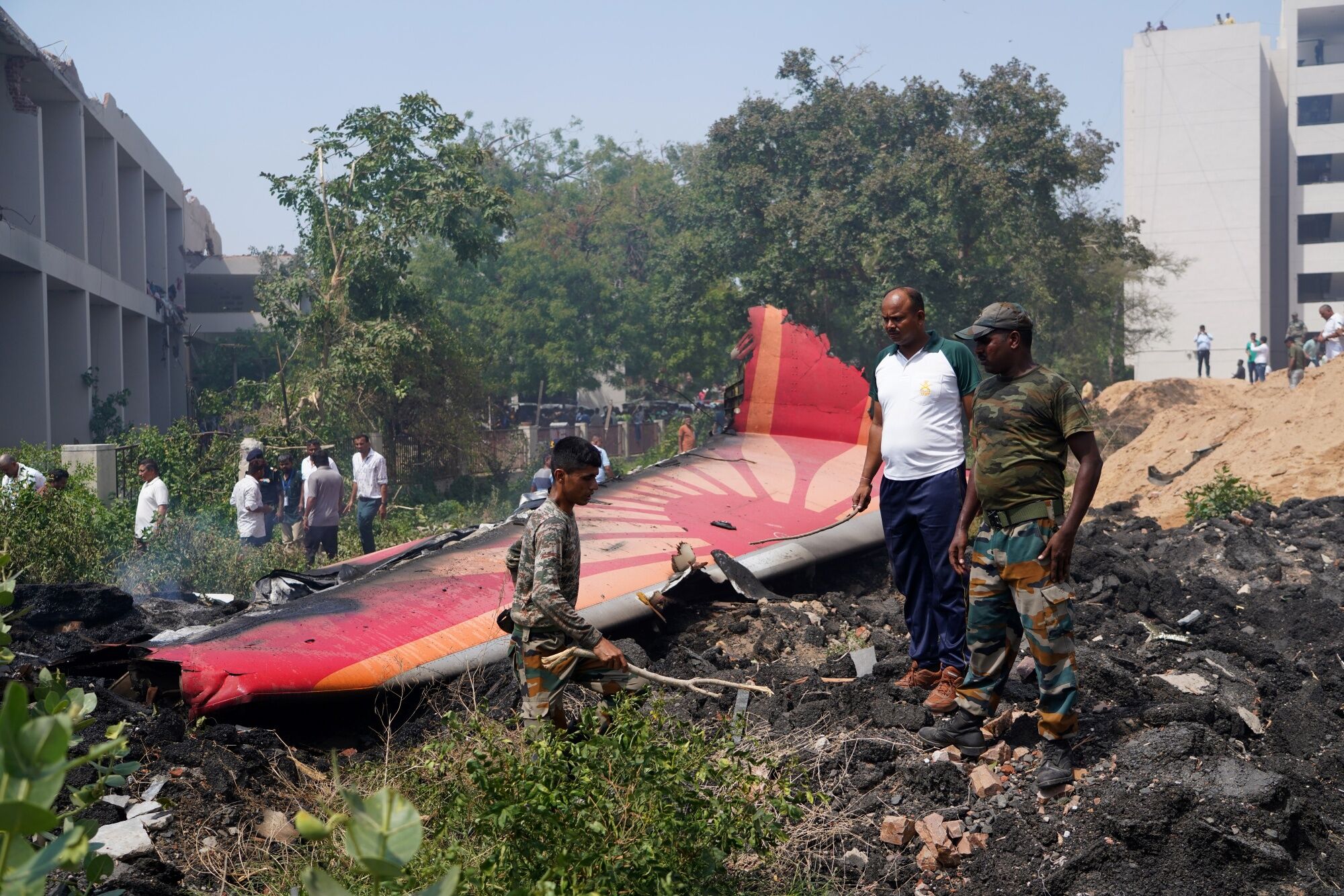
Air India Crash: Unveiling the Final Flight

A preliminary report is expected soon regarding the tragic Air India Flight AI 171 crash in Ahmedabad, India, one month after the devastating accident that claimed the lives of hundreds. The report aims to provide initial insights into the possible causes of the crash, which occurred a mere 30 seconds after takeoff.
The Disaster: A Boeing 787 Dreamliner Plummets
The Air India Boeing 787 Dreamliner, fully fueled, experienced a rapid loss of altitude before crashing into a hostel housing medical students. The impact resulted in a massive explosion, tragically killing all but one of the 242 passengers and crew members on board, as well as over 30 people on the ground. Before the crash, the pilot issued a mayday alert, the only communication from the aircraft before the catastrophic event.
Early Observations: Simultaneous Engine Failure?
Widely circulated videos of the plane’s takeoff show what appears to be a normal ascent until a critical point. According to aerospace analyst and former fighter pilot Bjorn Fehrm, the video indicates that “everything is normal until they don’t put in the (landing) gear, and very shortly after the aircraft is losing thrust.”
The unusual aspect of the incident is the apparent simultaneous loss of power in both engines. Unlike scenarios involving a bird strike or a single engine failure, there was no visible smoke or yaw, which would typically accompany such events. Modern commercial planes like the 787 Dreamliner are designed to complete takeoff on a single engine, a situation pilots are well-trained to handle. The simultaneous failure of both engines presents an extremely rare and challenging scenario. “That’s improbable like hell,” Fehrm stated.
Investigation Focus: Fuel Control Switches
Despite limited official updates from the Indian government or the Aircraft Accident Investigation Bureau (AAIB), which is leading the investigation, certain key factors have begun to emerge. The cockpit voice recorder and flight data recorder were recovered from the wreckage, and their data has been extracted by Indian authorities.
A significant line of inquiry involves the fuel control switches located on the center console of the cockpit. These switches control the fuel supply to the two GE Aerospace-manufactured engines. Investigators are focusing on whether these switches were toggled, either intentionally or inadvertently, and at what point during the flight this may have occurred.
Preliminary findings suggest that the fuel switches were indeed turned off, although it remains unclear whether this was accidental or deliberate, and whether any attempts were made to restore them. Representatives from GE Aerospace and Boeing have declined to comment, referring questions to the AAIB.
No Evidence of Design or Mechanical Flaws
Investigators have not yet found any evidence to suggest that the crash was caused by a design flaw or mechanical problem with either the Boeing aircraft or the GE engines. The absence of safety notices or bulletins from either company or the US Federal Aviation Administration (FAA) supports this preliminary assessment. Typically, if a widespread issue affecting other 787s in operation were identified, such notices would be issued promptly.
Pilot Experience Under Scrutiny
As is standard procedure in aviation accident investigations, the backgrounds and experience of the pilots are also being examined. The aircraft was under the command of Captain Sumeet Sabharwal, with 8,200 flight hours, and First Officer Clive Kunder, with 1,100 flight hours, according to a statement from the Directorate General of Civil Aviation.
Ram Air Turbine Deployment: A Sign of Dual Engine Failure?
The deployment of the ram air turbine (RAT), an emergency backup power source, suggests a dual engine failure. However, given the low altitude and speed of the aircraft immediately after takeoff, restarting the engines may not have been feasible. Pilots indicate that the crew likely did not have sufficient time to reactivate the engines.
The Role of Fuel Switches in Engine Failure
According to John Cox, a former airline pilot and CEO of Safety Operating Systems, moving a fuel switch to the cutoff position would immediately halt fuel supply to an engine. A dual engine failure would occur if both switches were moved. “If you move those switches from run to cutoff, those engines will stop running in literally seconds,” Cox explained.
While deliberate manipulation of the switches cannot be ruled out, other scenarios are also being considered. It is possible that a pilot, responding to a single engine failure, mistakenly switched off the working engine instead.
Historical Precedent: The Delta Air Lines Incident
A similar incident occurred in the 1980s when a Delta Air Lines pilot mistakenly cut off fuel to both engines of a Boeing 767. However, in that instance, the aircraft was at a higher altitude, allowing the pilot to restart the engines and avert disaster.
Pilots may also move the fuel switches as part of an emergency checklist procedure in response to a dual engine failure. This procedure involves cycling the fuel switches to cutoff and then back to run to reset the electronic engine control system.







